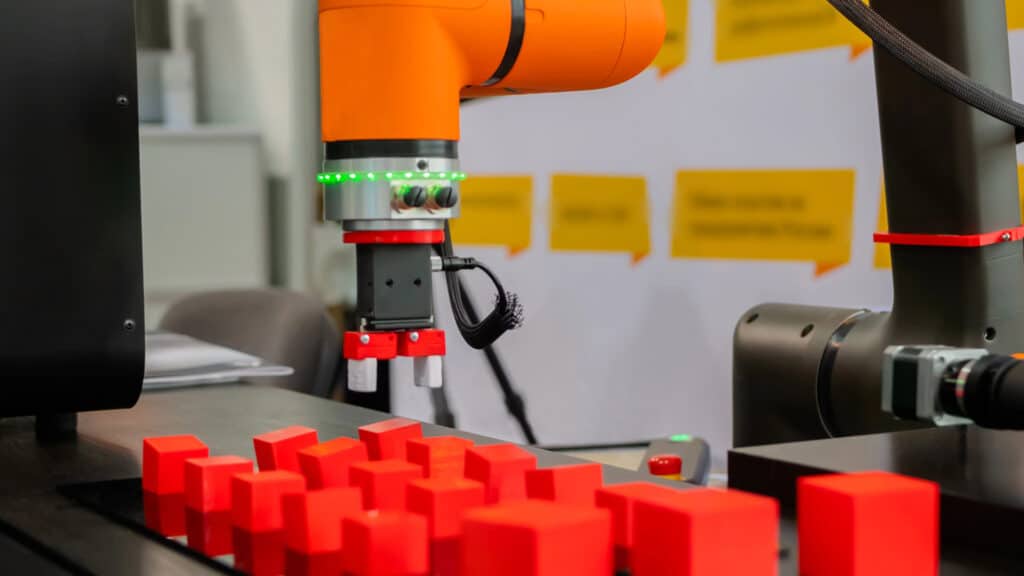The News: Logitech International published its Fiscal Year 2023 Impact Report detailing the company’s progress toward its sustainability commitments. Logitech is dedicated to removing more carbon than it produces, aiming to be climate positive by 2030. Logitech’s Design for Sustainability approach is critical to this accomplishment, which, according to Logitech, “informs every design decision we make from materials and packaging to individual customer experiences.” Read the Logitech Fiscal Year 2023 Impact Report for more information.
Logitech’s Robust Approach to Sustainability
Analyst Take: Logitech’s recently published Fiscal Year 2023 Impact Report highlights significant strides in the company’s journey toward sustainability. Leveraging a comprehensive Design for Sustainability approach, Logitech aims to become climate positive by 2030. A remarkable decrease in Scope 1 and 2 emissions by more than 56% since 2019 and a 21% reduction in Scope 3 value chain emissions since 2021 show that the firm is keen on internal and extended sustainability. The concerted efforts across the company’s product portfolio and supply chain bear a closer look.
Emphasis on Lifecycle Carbon Reduction
Logitech’s Chief Operating Officer, Prakash Arunkundrum, states that the report illustrates how the company is making “meaningful progress on lifecycle carbon reductions.” The key lies in Logitech’s Design for Sustainability approach, which concentrates on early design decisions to lower impacts throughout the product lifecycle. The move to renewable energy and collaborations with suppliers serve as instrumental pillars in achieving the company’s climate goals.
Material Choices and Renewable Energy
Logitech’s focus on responsible sourcing and material use is evident. Two in three products incorporate post-consumer recycled plastic, thus lowering the overall carbon and environmental footprint. Furthermore, 43 product lines use low-carbon aluminum, a material made using renewable energy. With a staggering 94% of its global facilities running on renewable electricity, Logitech is pushing hard for a carbon-neutral or even carbon-negative operation.
Transparent Reporting and Supplier Collaboration
Transparency plays a significant role in Logitech’s strategy. The company has pledged to carbon label its products, with 42% of products shipped in 2022 already labeled, up from 17% in 2021. The Renewable Electricity Buyer’s Program, which encourages suppliers to match energy consumption with renewable electricity certificates, has yielded 75,000 TCO2 carbon savings. This collaborative approach ensures that sustainability is not just a corporate monologue but a value chain dialogue.
Packaging and Waste Reduction
Over half of the new products feature Forest Stewardship Council (FSC)-certified packaging, promoting a responsible transition from single-use plastic. This move not only supports environmental conservation but also encourages responsible sourcing practices.
Social Responsibility and Inclusivity
Beyond environmental concerns, Logitech is taking significant steps in social responsibility. It has cofounded the Coalition for Gender Fair Procurement and actively promotes equity and inclusivity through products and programs designed to challenge existing stereotypes.
Standards and Reporting Frameworks
The FY23 Impact Report aligns with a wide range of internationally recognized sustainability frameworks, such as the Global Reporting Initiative (GRI), the Sustainability Accounting Standards Board (SASB), and recommendations by the Task Force on Climate-Related Financial Disclosures (TCFD), among others. This alignment lends an added layer of credibility to Logitech’s sustainability efforts and showcases a commitment to global best practices.
Disclosure: The Futurum Group is a research and advisory firm that engages or has engaged in research, analysis, and advisory services with many technology companies, including those mentioned in this article. The author does not hold any equity positions with any company mentioned in this article.
Analysis and opinions expressed herein are specific to the analyst individually and data and other information that might have been provided for validation, not those of The Futurum Group as a whole
Other Insights from The Futurum Group:
Logitech and Steelcase Reveal Project Ghost for More Personal Communications
Duet AI for Google Workspaces Enhances Google Meet and Google Chat
Author Information
Craig holds a Master of Business Administration from the Texas McCombs School of Business as well as a Bachelor of Science in Business Administration from Tulane University.







